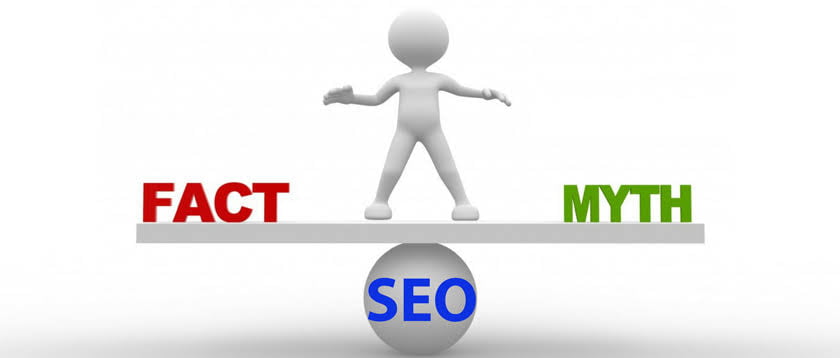
SEO is an acronym for Search Engine Optimization. Generally, SEO is the process of ranking your website as high as possible in Google. However, the higher your website ranks, the higher the traffic. The work of SEO is to optimize your website content. This involves carrying out keyword research and identifying outbound and inbound links to increase content ranking.
The importance of SEO cannot be overemphasized, because it properly positions your brand. Moreover, it drives traffic to your website as well. This in turn leads to converting this traffic to customers.
Good and effective SEO involves certain factors. Some of them include:
•Identifying relevant keywords or key phrases with good traffic potential.
•Creating high-quality website content for your audience.
•Including inbound and outbound links in your content. (Your links must be from relevant sites as well)
•Monitoring and measuring your SEO results.
Understanding how these factors work is vital for every business owner and digital marketer as well. This understanding keeps your website at the top of the game.
However, SEO patterns change from time to time. Nevertheless, its core principles do not change with time.
Pillars of SEO
On page Optimization
This form of SEO Optimization involves various processes that ensure that your website content is relevant. Furthermore, on-page optimization takes into consideration various factors that ensure that your content provides a great user experience. This is achieved by identifying and targeting the right keywords within your content. Besides, targeting can be done through various content management systems such as WordPress, Wix, and Expression Engine.
Off-Page Optimization
Unlike on-page optimization, this form of SEO optimization works outside the site. Here, it involves the process of enhancing your site’s search engine rankings through activities outside of the site. This is achieved through backlinks, which help to build the site’s reputation.
Technical Optimization
Another form of SEO optimization is technical optimization. This entails carrying out activities on your site specifically designed to improve SEO but not related to content. It often happens behind the scenes.
Search engines work with queries. These queries happen when people search for answers on Google. Now when this happens, the search engine programs provide related clues to give searchers the answers to what they are looking for.
Firstly, these search engine programs identify existing web pages. They also monitor web pages that are constantly updated or previously visited. After identifying these pages, the search engine program records relevant information about them.
This process is known as crawling.
Secondly, after identifying the web pages in existence, the search engine moves to the second step.
This step is known as indexing, where the search engine program determines if the content on the web page is relevant.
Therefore, if the content is related or relevant, the search engine program includes such content in its index.
However, if the content on the website is considered duplicate or low-value content, it might not be recognized.
Lastly, after adding the relevant content to the index, it begins to rank this content.
The ranking stage is the last step of SEO optimization after crawling and indexing. However, ranking occurs only for web content that has been indexed by the search engine program.
Furthermore, several factors are considered when ranking. Some of these factors include; keyphrases in tag, website reputation, user-friendly website, and slug.
In conclusion, these factors must be kept in check for effective SEO optimization.














